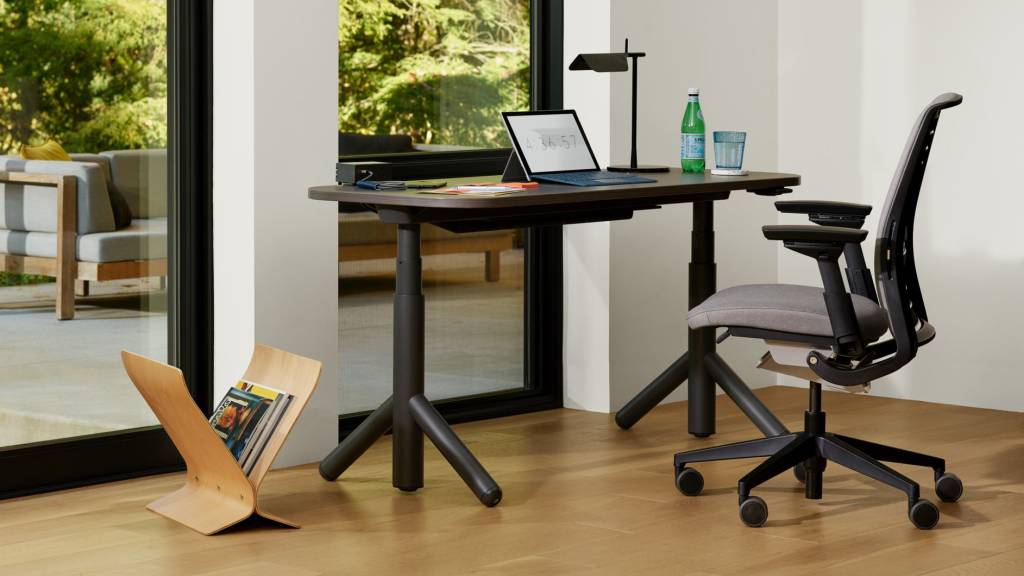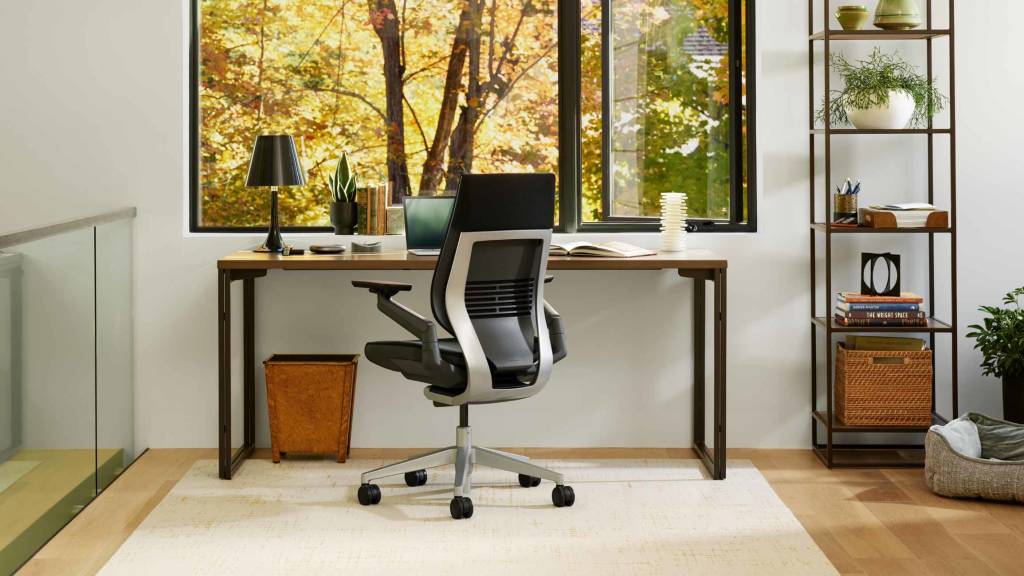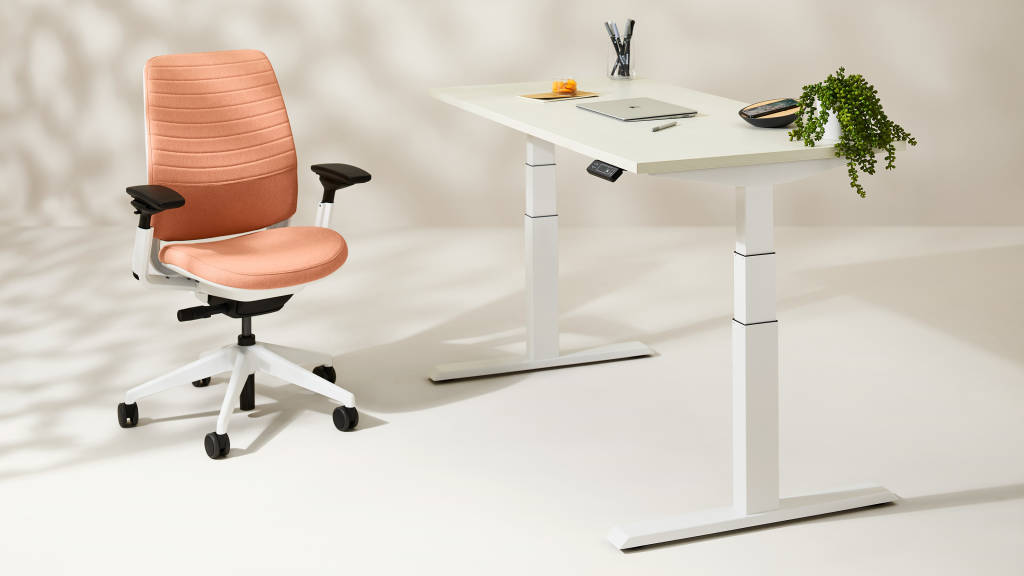People are the most valuable asset in the workplace, which is why it is important to ensure the comfort, well-being and health of employees, both in the home office and in the workplace. Ensuring wellbeing and maintaining health is an important element of workplace performance. While many offices provide adequate, comfortable work chairs and desks, few people have them at home with the right settings and comfort features that are beneficial for our bodies.
We have heard more and more about the increase in musculoskeletal problems, neck, and back pain during the recent pandemic period, so we also looked into the issue and asked Dr. Edit Sebők, a rheumatologist who works as a chief musculoskeletal rehabilitation specialist in Kecskemét. www.bagolyegeszseghaz.hu
In your opinion, what problems can eight hours of work a day cause sitting in a kitchen chair, at our dining table or on the sofa, with a laptop in our lap?
Indeed, workers suddenly forced into working from home by the pandemic have rarely had the opportunity to work in a ‘home office’. Thus, several problems can/could develop due to prolonged incorrect posture.
The most common issue is the temporary or permanent pain in the neck and lumbar spine. Often this pain radiates into one of the limbs, possibly accompanied by numbness, dizziness, or headaches. In addition, shoulder pain is common, too – especially in arms using the mouse. Abnormal, uncomfortable use of the equipment can lead to tendonitis, prolonged sitting can cause hip and knee issues, possibly circulatory problems and swelling of the legs.
In addition to working in a permanently bad position, lack of exercise and stress also play an important role in the development of these complaints.
Do you feel that you are experiencing more musculoskeletal complaints in your practice that have developed in home office work?
Absolutely. Short-term problems used to dominate, but now patients are also coming with long-term problems. A simple temporary lumbar strain can now turn into a herniated disc, shoulder pain into a ‘frozen shoulder’ if we are not careful.
What exactly are the complaints that can be caused by sitting incorrectly or having an inadequate work desk?
Prolonged, incorrect sitting is mainly damaging to our waist: for example, it puts 2 to 5 times more strain on the lumbar disc than walking and standing. Static overloading and dynamic underloading also cause permanent spasm of the paravertebral (longitudinal) muscles (adjacent to the spine), impairing their blood supply. All this leads to instability and fragility of the intervertebral motion segment, possibly leading to disc herniation.
The neck is also damaged: when we sit down in a chair and fix our eyes on a laptop in our lap, or an incorrectly adjusted screen, our posture differs from the physiological one: our head is tilted forward (or down), and our back is curved into a huge question mark. In the long term, the muscles in the back of the neck become shortened and stretched, the muscles in the front become overstretched and weakened, disrupting the muscular balance of the neck. Soon we notice that even when we are standing, our head is much further forward than it should be. Instead of ‘sitting’ on top of the spine, the muscular imbalance causes the skull to move forward. Unfortunately, this is not just an aesthetic problem (hunchback) but can also be the cause of serious spinal problems.
Long periods of sitting are also bad for the circulation in the legs: If the hips and knees are bent for a long time, or if the legs are hanging and not moving, the veins dilate and the blood in them stagnates, which can lead to swelling, varicose veins and, rarely, thrombosis. In such cases, the only way to help the veins is to move them, work the muscles and perhaps even bolster the legs up.


How can we prevent or, if we have already developed these symptoms, how can we put our bodies back together?
It is very important that sedentary workers have the right ergonomic environment at home.
Sit in a chair that is height-adjustable to suit the user and the height of the desk. The backrest should support the waist, not the back, and the seat should end at about 10-12 cm from the knees, possibly slightly slanting forward (so that the pelvis tilts forward). The edge of the sitting surface should not be sharp, as this may obstruct the circulation of blood to the thighs. The use of a fit ball or a kneeling chair may be a good solution from time to time (but not permanently).
The desk is usually 72-75 cm high. It is important that, in a comfortable sitting position, with the arm resting on the desktop, the elbow is bent at about 90 degrees, and the shoulders are lowered. If the desk is too low, you will stoop, if it is too high, the raised shoulders will overload the scapular and lifting muscles. If possible, support the wrists when using the keyboard and mouse. The screen should be at eye level (to avoid an abnormal neck position). It is also very practical if the height of the desk can be adjusted and raised – so you can work standing up at times.
Besides ergonomic working conditions, it is also very important to pay attention to our posture. Even sitting in front of the computer we are often slouched – if we experience this, we should straighten up. Even 100-200 times a day!
And the most important thing is regular exercise, workout, and especially moving, stretching, and strengthening the muscles that stabilize the spine. In addition to that, a massage that pampers both body and soul is also a good idea.
Of course, we should also pay special attention to our mental health when working at home!
What do medical statistics and research say: can the time spent in the home office in an inappropriate chair or desk be a real danger to our physical health?
Unfortunately, yes.
International research suggests that working long hours in inappropriate conditions causes far more musculoskeletal problems than working in an office (and we haven’t even mentioned non-motor disorders…).
A Croatian study looked at workers in home offices from April to December 2020. Compared to office work before, 39.1% of participants reported more severe lower back pain, 45.7% more severe neck and shoulder pain and 27.2% more severe hand pain compared to the previous period.
Similar figures are found in British, Indonesian, and American studies.
This makes us wonder whether the home office is the optimal solution in the long term… If it is, much more attention needs to be paid to the ergonomic environment of workers at home.
PS: While studying relevant literature, I was sitting on a comfortable sofa at home. After 1.5 hours, my neck, waist and left hip were so sore that I had to get up, walk around and do some stretching exercises…

Ask our company for an offer if you would like to support your staff working from home. Contact us if you are interested in this topic and would like to talk with us about your company’s office and our home office solutions. Visit our office, which is also our showroom, and let us show you and your colleagues some great solutions!










